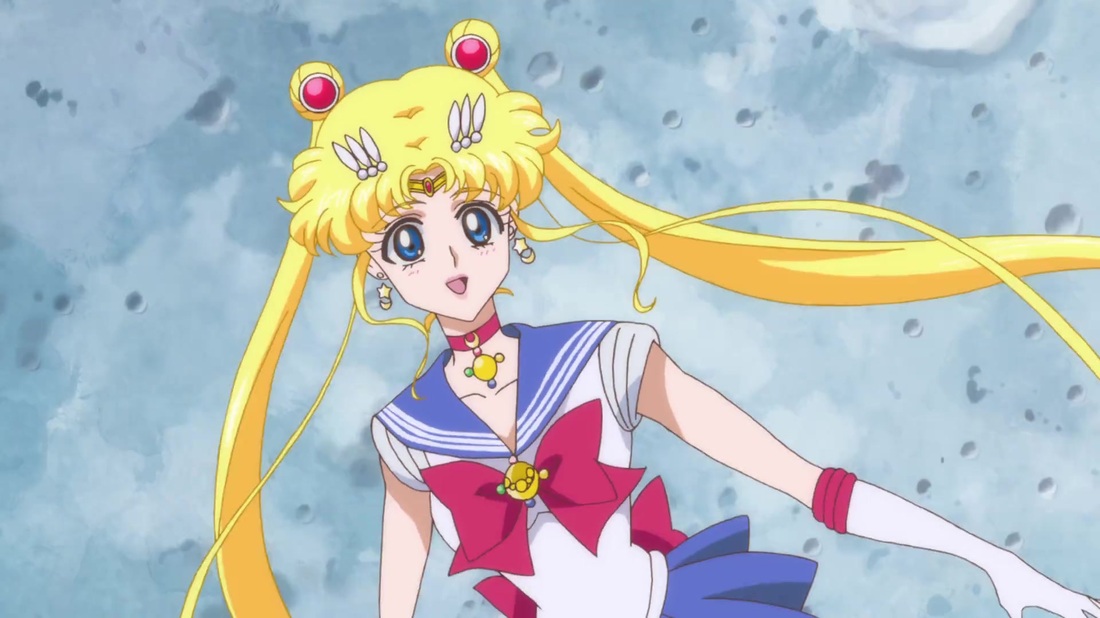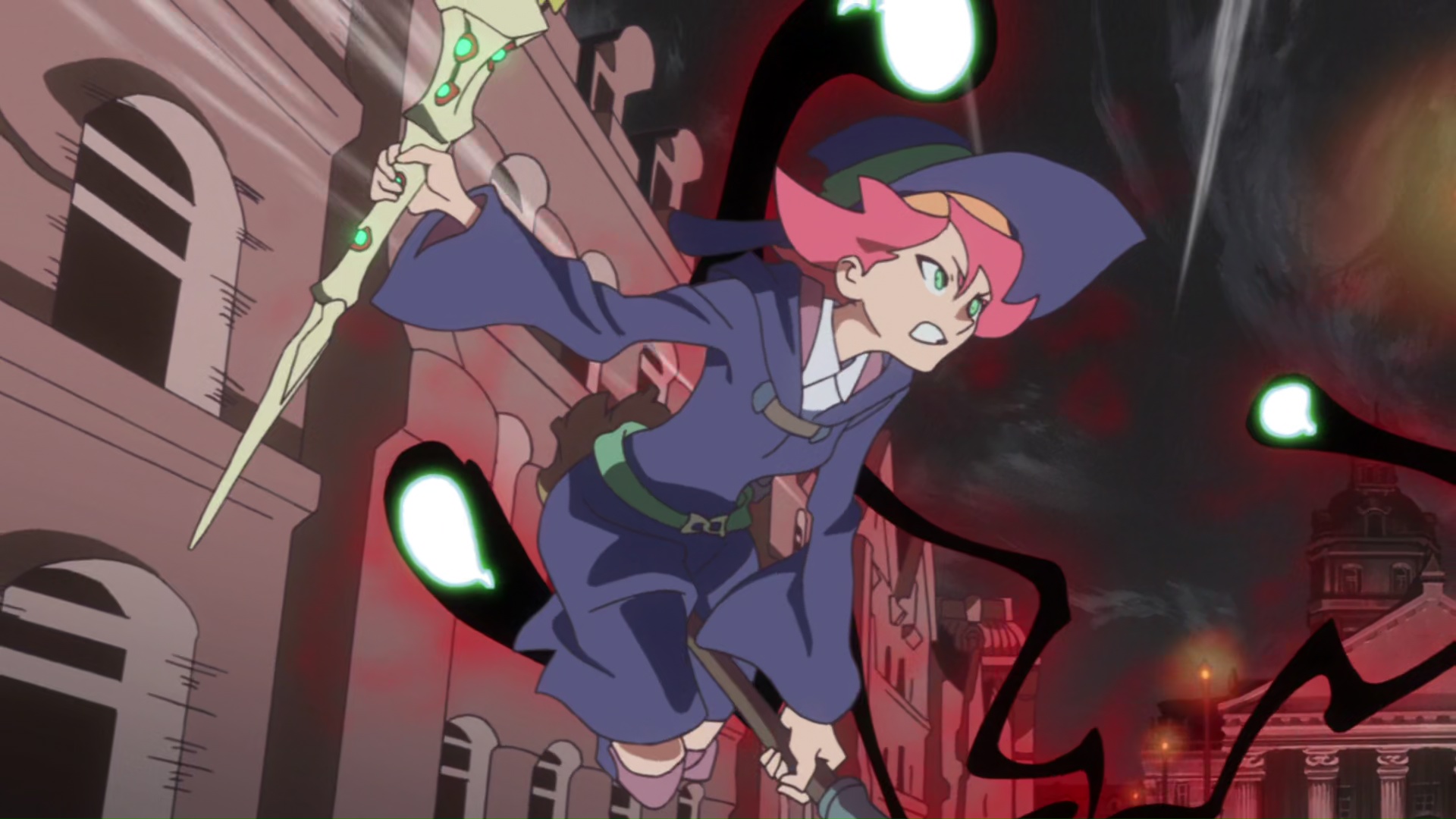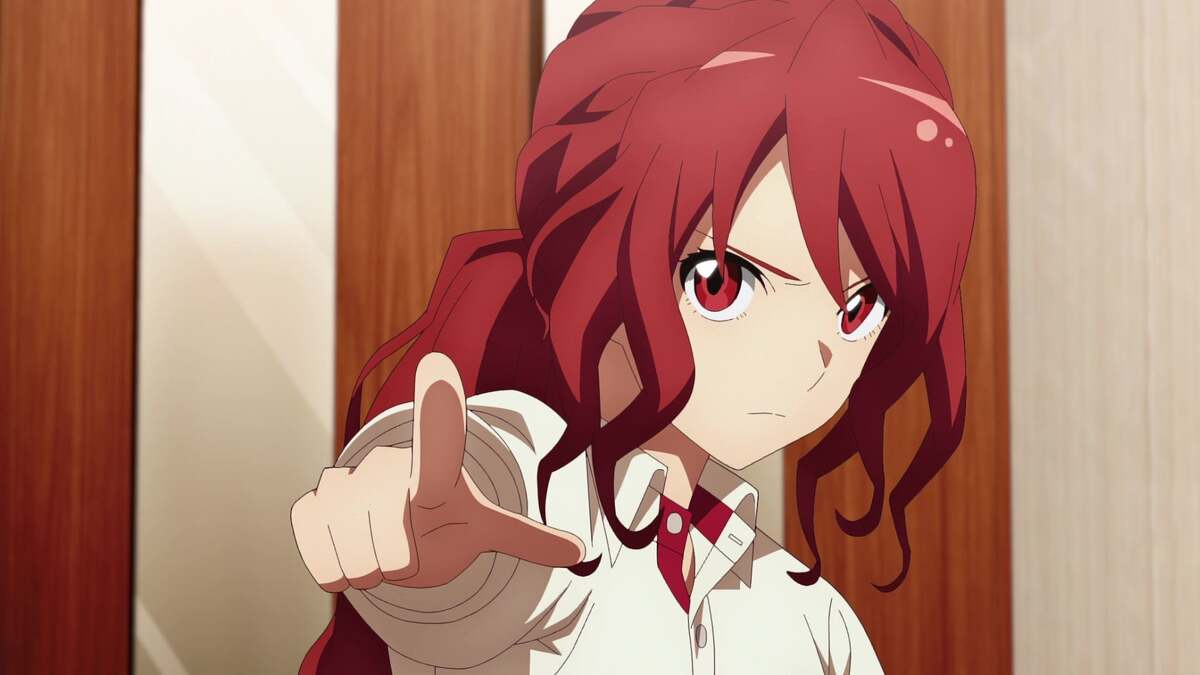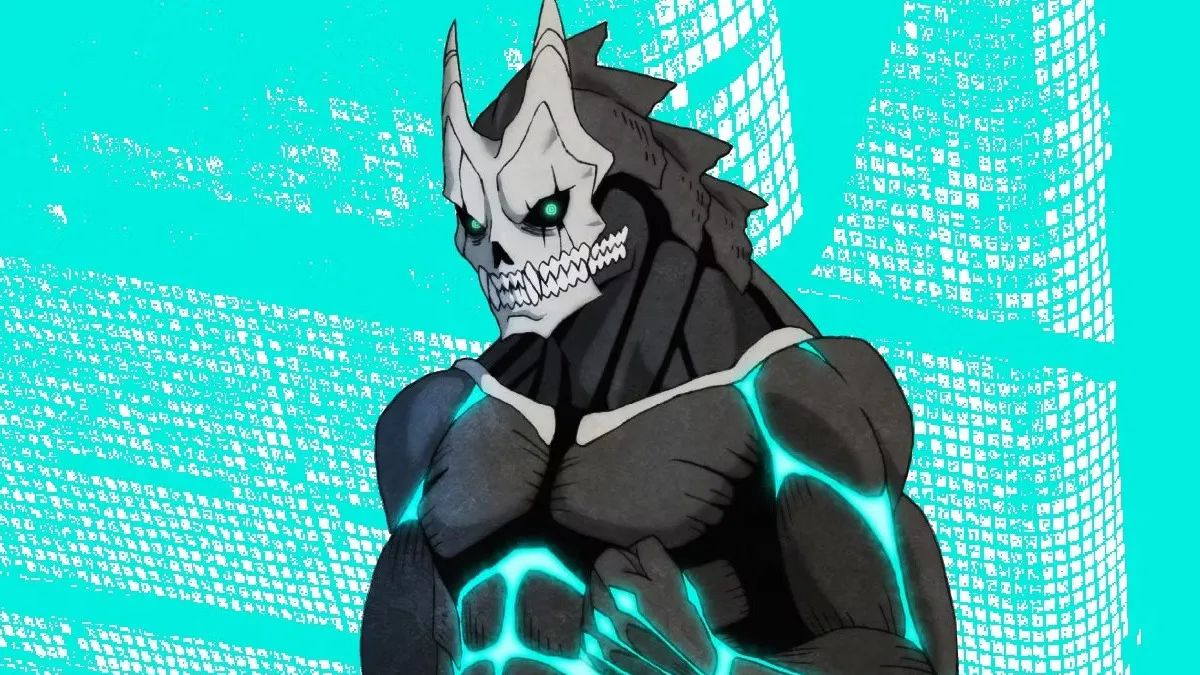Last week, Funimation Global Group announced it would rebrand as Crunchyroll, the brand behind the global anime streaming platform Funimation and its corporate partner Aniplex acquired for $1.175 billion in 2021.
U.S. based Sony Pictures Entertainment, which bought Funimation in 2017, will continue to operate the consolidated distribution and production company alongside Sony Music Entertainment of Japan’s production-focused Aniplex. And under Sony’s ownership, Funimation acquired not just its global competitor Crunchyroll, but regional distributors of anime including Australia and New Zealand’s AnimeLab and France’s Wakanim.
Between Aniplex’s studios, which include CloverWorks and A-1 Pictures, and the massive library being pieced together from the once-competing services, Sony oversees almost every step of production and distribution of its anime on a global scale, including the recording of local dubs, without even needing to put its name in the mix.
Sony’s aggressive expansion is a sound business strategy. The latest industry report from the Association of Japanese Animations, an industry trade group, estimated that anime was a $21 billion industry in 2020, and many in the business expect that figure to more than double in the next decade. And international streaming has been the biggest factor contributing to the industry’s fiscal growth, as more services seek to host anime in their catalogs.
As such, the importance of dubbing anime has never been so apparent. But to hear it from those who have worked in the industry for decades, professionally localizing anime has never been more precarious.
Over the past week, WGTC spoke to half a dozen actors in the U.S. to better understand the concerns and hopes among those working under the dominion of Sony’s monopoly. These interviews revealed that despite unprecedented growth at the behest of their own labor, localization has been undervalued for decades and stagnant wages reflect that. Furthermore, almost no one working as a voice actor makes enough money to support themselves with voice work alone, whether they work primarily with a Sony-owned production company or commit to union work which remains in short supply.
The brand merger signals changes beyond catalogs and the subscriptions of individual fans. WIRED dubbed Funimation’s acquisition of Crunchyroll the beginning of the “era of big anime,” but one voice actor I spoke to called August’s acquisition a mere engagement to last week’s wedding. It catalyzed the growing frustration of professionals in the industry who are, many for the first time, speaking publicly about their struggle to simply do their job.
Their most common refrain: We need more money.
Big Anime, USA
When Rebecca Forstadt first started dubbing anime in the early ‘80s, the industry didn’t know what to do with her. At the time, distributors saw dubbing as an unimportant accessibility requirement they needed to meet to broadcast shows, not an extension of a work’s creative vision.
So, dubbing was consigned to ADR studios. “Additional dialogue replacement,” or more often, “automated dialogue recording,” is the post-production process where actors usually re-record individual lines of dialogue to fit over their live-action recording. Using the same techniques, however, actors could also record over animated mouth movements — known as the “flaps” — for an entire show or film.
In the ‘80s, there weren’t actors that specialized in performing entirely in the flaps, a skill that requires the technical ability to coordinate a line’s delivery in a specific window of time. (Remember that anime is animated with the dialogue of an entirely different language in mind.) Today, translators and scriptwriters may do the work themselves to write scripts that fit these timings, but for much of its history, this was and remains a discrete skill necessary to be a dub actor.
So, there were no dub actors in the ‘80s. Forstadt’s experience was with theater and live-action television in Los Angeles. As such, she was a part of the Screen Actors Guild, a labor union representing film and television actors. She remembers that the Screen Actors Guild also didn’t know what to do with its members working on entire productions of dubs.
“They weren’t that familiar with dubbing cartoons,” she recalled, adding, “We were able to negotiate so that some of the shows were able to go union.”
In 1985, Forstadt was cast as Lynn Minmei, the idol singer and love interest in Robotech, produced and distributed in the U.S. by Harmony Gold USA. The series remains a beloved classic of the medium today, and Forstadt remarked it was an example to her and her colleagues that dubbing was valuable. “Because a lot of us were in SAG,” she said, “we really felt that we deserved to get paid what we were worth.”
“And for a while, it was doing pretty well, but then other places people recorded took over.”
Nearly 20 years later, that paradigm had shifted. Dubbing took off in Vancouver to meet Canadian broadcast requirements and it began growing in Texas where niche anime distributors run by families and friends like ADV and FUNimation Productions were located. Dubbing had become industrialized, and fit into a process that was never intended to be mass produced.

Anime still wasn’t big when Stephanie Sheh began voice acting in 2001, but the industry had taken form.
“When I first started dabbling in voice-over,” she recalled, “none of the dubbing actors had agents. Agents didn’t want to represent dub actors.” She speculates this may have been due to the already low rates dub actors worked with. It wasn’t worth an agent’s time for the paltry commission. She also shares that she was almost fired from a production when her manager, advocating for Sheh’s experience, attempted to negotiate higher pay with a producer.
Sheh observed, “There used to be a time as an actor where I primarily did voice over for anime, but there was this general sense that anime voice actors were the bottom of the barrel — they weren’t as good as other voice actors.” Despite the technical proficiency an actor needed to dub, their pay reflected that belief. In 2001, SAG reached an agreement with producers to set union rates of $64.25/hour with a minimum two-hour session length, but most productions weren’t and still aren’t using union labor. Every actor I spoke to also shared that, union or not, their rates are lower than every other sector of the entertainment industry. Some actors, used to working in live-action or original animation, won’t even work for anime’s union rates.
Sheh said that, for a time, she didn’t even advertise herself as an anime voice actor. Anime fans now know her as Usagi from Sailor Moon, Yui from K-On, Hinata from Naruto, or even Mitsuha from Your Name.
“Anime is no longer a niche form of entertainment and dubbing is no longer seen as a throwaway broadcast requirement,” Sheh says. And with veteran voice actors whose careers are built on and specialize in dubbing, a skill that is now respected for what it is, others in Sheh’s cohort have even described this moment as a sort of dubbing renaissance.
But despite that change in sentiment and the multi-billion dollar influx of cash, Sheh isn’t being paid more. In fact, SAG, which merged with the American Federation of Television and Radio Artists in 2012 to form SAG-AFTRA, only renegotiated the dubbing contract this past September, some 20 years after rates were set. Sheh, who is a union member, has relied instead on professional minimums local to L.A. These norms, like a two-hour minimum session length, reflect life in a market with infamously bad traffic for commuters, but they’re easily exploitable by producers and studios as newer talent may either be unaware of what’s standard or afraid of being replaced.
There’s more voice work today than ever as anime goes mainstream, distribution becomes more profitable, and broadcasting requirements continue to morph to an international, streaming-oriented market, but there’s also more talent, and that’s been an oft-cited obstacle when it comes to demanding higher rates.
In Sheh’s own words:
A lot of us are afraid to say anything because we’ve been threatened with being replaced or we have been replaced before. We’ve been taught that we’re replaceable. It’s just a voice. And so much of our work is reliant on networking and relationships that we don’t want to get on someone’s bad list. So I think a lot of actors are afraid to say anything.
In the shadow of the dubbing renaissance
Today all broadcasts, theatrical runs, and physical releases are expected to be dubbed upon release, while the most popular anime on streaming usually gets dubbed in the weeks or months after its original broadcast. These dubs are commissioned by regional distributors like Funimation and Crunchyroll as well as Anime Limited, GKIDS, Sentai Filmworks, and Netflix, and they’re recorded mostly at contracted studios like Bang! Zoom, NYAV Post, Kocha Sound, and Iyuno-SDI.
These are unsurprisingly centered in Los Angeles, but Funimation also operates studios in Texas, a right-to-work state saving the company operational costs, according to several actors interviewed for this article. Morgan Lea, a voice actor in Dallas, began working with Funimation in 2020 and most recently voiced the shirabyoshi Tsuki in the company’s dub of The Heike Story. But after almost two years of time at the company, and more experience elsewhere, Lea is still contracted to work at $35/hour.
“My husband works at the same rate as I do,” Lea pointed out, “and has been an actor there longer, since 2018. $35/hour with no minimum has been the starting rate for many years there, and the only way for that rate to change is to either have representation or to reach out and advocate for it yourself.” The truth is, Lea added, “Funimation will and in fact, can pay more when prompted.”
Sara Secora, a Detroit-based voice actress who worked remotely with Funimation to record on Log Horizon: Destruction of the Round Table, noted that with such low rates, “even voice actors who are working nearly full-time in anime might only be making $20,000 to $30,000 a year.”
That means voice actors need other sources of income.
“So many anime-focused voice actors relied on conventions to make that extra income needed to stay afloat because the work itself is not enough,” she pointed out.
Forstadt added that one of her colleagues nets more from signing paid autographs and making appearances at anime conventions than from recording.

Of course, most voice actors aren’t even working full-time. Secora said “a normal schedule could be anything from two hours a week to two hours a month.” The last time Lea recorded was at the beginning of February; they instead make their income primarily through design work.
Both Lea and Secora shared that Funimation also uses contracts with a $75/hour rate, comparable to the minimum professional rate in L.A. under SAG’s expired agreement, but that’s still not enough to compensate for inconsistent work. Other actors can rely on residuals to cover periods of inactivity between successful auditions or minor roles, but dub actors have never received these. And as freelancers, what little pay they do see must also be taxed, and they don’t receive benefits.
Membership in SAG-AFTRA can help, but union members must make a certain income to qualify for healthcare and a pension. According to Marin Miller, “The less than $26,000 I am required to make annually to qualify for healthcare would not cover all of my bills, so I still have to prioritize other work, as I have for the last 15 years of my career.”
Miller, the voice of Amanda O’Neill in Netflix’s Little Witch Academia dub, has also worked extensively in script adaptation.
Lea, on the other hand, said membership would cost them more than they make. Being a freelancer is expensive, even more so with the move to remote work. While Lea and others admit that this has removed barriers of entry for many, working over the past two years has required costly home studios that not everyone has the income or skill to manage.
Lea:
We invested at least $3,000 in the last year to keep our small closet ‘studio’ and its quality maintained, and while that was certainly a nice tax write-off, we barely made that back in taxable income last year, meaning we made absolutely zero profit for the investment and, in fact, incurred debt from it.
None of that speaks to the new skills dub actors must bring to the studio, lacking in-person direction from the ADR director and having to troubleshoot numerous technical issues during sessions.
“Many of us have really grown as problem-solvers with extra skill sets that were never expected in the industry before now,” Lea said.
Forstadt, who was most recently cast in 2019’s Code Geass Lelouch of the Re;surrection, admitted, “We weren’t trained in being technical in that way, so it’s been a huge learning curve for people.”
The future of dubbing under Crunchyroll
Michael Schwalbe, the voice of Kawaki in Boruto: Naruto Next Generations, estimates that around three-quarters of all anime dubbed in English markets is now being dubbed under Sony’s subsidiaries. But several actors told me their work hasn’t dramatically changed under Sony’s monopoly. Forstadt noticed that there’s less union dub work, while Sheh assessed, “I don’t think it’s really changed the work itself too much.”
What’s prompted them all to speak up is that their pay hasn’t changed either. The Coalition of Dubbing Actors (CODA), a volunteer-run advocacy group for both union and non-union actors in dubbing, said to WGTC, “Watching two of the most prolific dubbing companies being purchased by a giant media conglomerate and merging into one mega-platform, while everyone doing the actual labor in the dubbing industry is being paid like it’s still the early 2000s, struck a nerve with many actors.”
Miller says of viral conversations on Twitter: “Some of us have been here, getting paid the same rate for 20 years, waiting for a moment like this to spark the conversation so the right people can hear and make the changes we need to make things better for everyone.”
“I am grateful and I’m glad that the actors are speaking up,” Sheh added, “because I do think that it’s this industry secret that we don’t actually get paid very well and we don’t get treated very well.” The bigger change she pointed to was Netflix — in 2019, the streaming giant reached an agreement with SAG-AFTRA to produce all of its dubs with union labor. “That really was a whole boon for the industry.”
While anime is bigger than ever, money isn’t being budgeted to pay actors and all localizers in a way that reflects the kind of work being done — or inflation, or costs of living, or every other grievance.
So what is it voice actors want? Secora pointed to “job security and livable wages.” Miller stated, “We need more money.” Sheh said, “a decent living” and healthcare. CODA angled for fair compensation.
Several actors, including Schwalbe, mentioned better pay and constraints on vocally strenuous sessions:
“Every war scene, battle, dying soldier, etc. needs a voice, and I have done sessions of 3+ hours where you have to do nothing but 10-30 second long screams of dying men and battle shouts over and over. And…for what? $200 for those three hours, with no residuals, royalties, or other income? It’s bad.”
According to Secora, more union dub projects could help. “Bringing more anime work union would bring healthcare and pension benefits,” she said, “it would increase hourly rates, and by doing so, that action would most likely trickle down into non-union work as well and create a new standard for rates there as well. “
Schwalbe reiterated, however, that union dub rates are still much lower than in other voiceover sectors.

And it’s not just actors being underpaid either — it’s every other member working on a dubbing production’s budget that isn’t covered by SAG-AFTRA. Every actor I spoke to shared their concern for other members of ADR and localization. Lea asserted, “Translators, timecoders, engineers, script writers, directors, and more all have needs that aren’t being met at all by the companies that we work for.” And Schwalbe added that “directors are often forced to do script prep before sessions for no pay, and may have to direct anywhere from 8-12 hours of sessions per day, so [their] total workday may be 14 hours.”
CODA is reacting by calling on producers to increase the budgets on dub productions, “so that actors, timecoders, translators, adapters, directors, audio engineers/mixers, etc. can be paid higher, more livable wages.”
Everyone had only nice things to say about their colleagues working at Funimation and studios contracted by them, so I asked who it is that’s deciding not to increase budgets or pay them more. They couldn’t say who’s making that decision.
So, WGTC asked Crunchyroll how it decides to budget productions and set contractors rates, but the company was unable to respond to our request for comment at press time.
As for fans who are likely hearing about labor issues in anime localization for the first time, CODA emphasized that dubbing actors cannot achieve change advocating for themselves alone: “We desperately need the support of the acting community and the fans of these shows so that our words reach the higher-ups capable of making these decisions”
It’s a sentiment shared by Sheh, surprised by fan support in response to viral Tweets calling for union dubs at Crunchyroll.
“I was really moved by that because as actors the only power we have is to say no. I almost feel like they have more power than the actors do … because we’re replaceable, but I don’t know that they’re replaceable.”








Published: Mar 8, 2022 06:01 pm